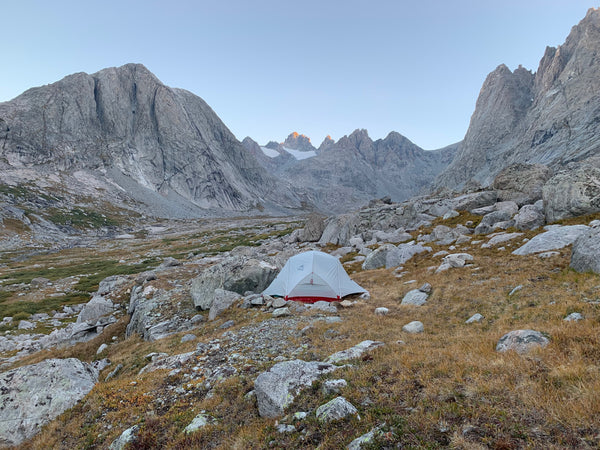It's National Forest Week! It feels like a no-brainer to recognize this week on our social platforms and write a little something given my absolute sheer love of forests, open spaces, public lands and parks.
The backdrop behind the laptop I am writing this on, is in fact Forest Service bordering the
Gros Ventre Wilderness, all and all, thousands of acres of public lands. I did not even KNOW about public lands until we moved to Wyoming from New York back in 2016. I was in total disbelief that we, just as regular people, were allowed to recreate, enjoy, explore, and sleep on such awe-inspiring landscapes, and ALL FOR FREE! I quickly learned the value of being able to access these lands and how vitally important it is to work to acknowledge and protect them, volunteer to help maintain them, and feel a whole-hearted deep gratitude for their existence. Given that summer is so short here in Western Wyoming, we do our best to hike, backpack, and camp in order to absorb and take advantage of this incredible jewel we are lucky enough to call home.
Bridger-Teton National Forest, the land of the Shoshone peoples.
At the risk of sounding uninformed and naive, it wasn't until the last year or so, when we began our
reconciliation work with
Adrienne Benjamin, that I started to think about how public lands and National Parks came to be, and aside from a "Creator", where to direct my gratitude for access to such spaces and the preservation of them. This question has led me down a path of learning, reading a variety of articles, listening to podcasts and connecting with others. It has made me realize that the inception of these spaces were a result of taking unceded land from Native Americans, and oftentimes, denying their use of said land after establishing the land as "public."
I am no less thankful that these spaces exist or grateful that I am someone who has easy access to some of the most magnificent places on the planet, but it would be irresponsible and egregious to not acknowledge the history of how they came to be. Simply slapping a
land acknowledgment as a geotag doesn't quite cover the sentiment here as we celebrate National Forest Week.
The Atlantic did a great series called
"Who Owns America's Wilderness"
with many articles and useful resources, including a piece surrounding the concept of
returning National Parks to the Native American tribes they were taken from.
Camping in Titcomb Basin in the Wind River Range, land of The Shoshone and the Northern Arapaho peoples.
So This National Forest Week, I invite you to learn more about the
public lands in your area and learn about the Indigenous peoples who were the first stewards of those lands. The app
Native-Land is a great place to start.
One of my greatest hopes is that more people are afforded the opportunity to get outdoors and become engaged in their environments, as it is certain to yield a desire to learn about, invest in, and protect them. My experiences observing wildlife and habitat truly inform and inspire our every design at Coral & Tusk, and it is our mission to present these inspirations with total admiration and respect. If our designs end up teaching you an animal or forest factoid that you find interesting, we'd love for you to share!
Warmly,
Stephanie
Resource List
The first image is of the Cirque of the Towers in the Wind River Range.








